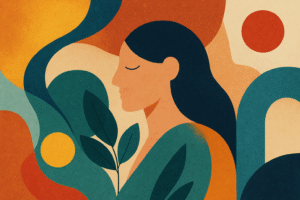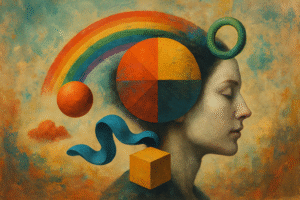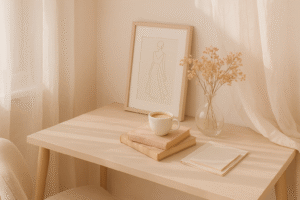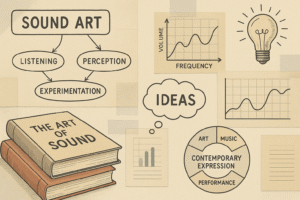
The Glow of Novelty
When artificial intelligence first entered the art world, the excitement was electric. Generative algorithms produced surreal portraits, infinite landscapes, and strange, dreamlike visuals that felt like they had leapt out of the subconscious. Collectors bid thousands at auctions, critics debated whether code could be creative, and social media was flooded with dazzling images that seemed to rewrite what art could be. AI art, for a brief moment, was less a medium and more a spectacle—a promise that the future of creativity had arrived.
From Wonder to Weariness
Yet, as the months rolled by, the shock of the new began to fade. The once-miraculous outputs of tools like MidJourney, DALL·E, or Stable Diffusion started to look familiar. Aesthetic patterns—glossy, hyper-detailed fantasy portraits or neon-hued cityscapes—emerged like templates. What had initially felt revolutionary now often risks slipping into visual cliché. Much like any new artistic tool, its magic doesn’t lie in the technology itself, but in how it is used. And many are asking: are we already tired of AI art, or are we just learning to see it more clearly?
The Question of Originality
At the heart of the debate lies the question of originality. AI art is built on datasets—billions of images, many scraped without consent. This has sparked lawsuits and ethical outcry, not just over copyright, but over the very idea of authorship. When an AI generates a piece, whose hand is really at work? The programmer? The prompter? The countless artists whose works inform the algorithm’s training? Unlike the paintbrush or camera, which extend an artist’s own vision, AI carries the weight of a collective unconscious it did not earn.
Creativity or Computation?

Still, it would be unfair to dismiss AI entirely as a gimmick. For some artists, AI is less a competitor than a collaborator—a tool that can spark unexpected directions, break creative blocks, or explore visual terrain too complex to render by hand. In these hands, AI is not replacing artistry but enriching it, much like photography once expanded painting rather than destroying it. The real edge of AI lies not in producing the “wow” image on demand, but in deepening the dialogue between human intention and machine possibility.
Beyond the Hype
Perhaps what we are witnessing is not the decline of AI art, but its growing pains. The novelty may be gone, but that is precisely where its true potential begins. Art has never thrived on spectacle alone; it requires depth, context, and meaning. If AI art is to endure, it must move beyond surface-level fascination and become part of larger artistic practices—interwoven with concept, narrative, and human sensitivity. Otherwise, it risks becoming a footnote in the long history of tools that dazzled before they disappointed.
A New Kind of Canvas
In the end, the question isn’t whether AI art is losing its edge, but whether we are ready to move past its hype and ask more difficult questions. Can AI teach us something new about creativity itself? Can it open up forms of collaboration between humans and machines that go beyond imitation? The answer lies not in the algorithms, but in the artists willing to push them further—transforming a technological trick into an authentic form of expression. The edge, if it exists, has only just begun to be drawn.




